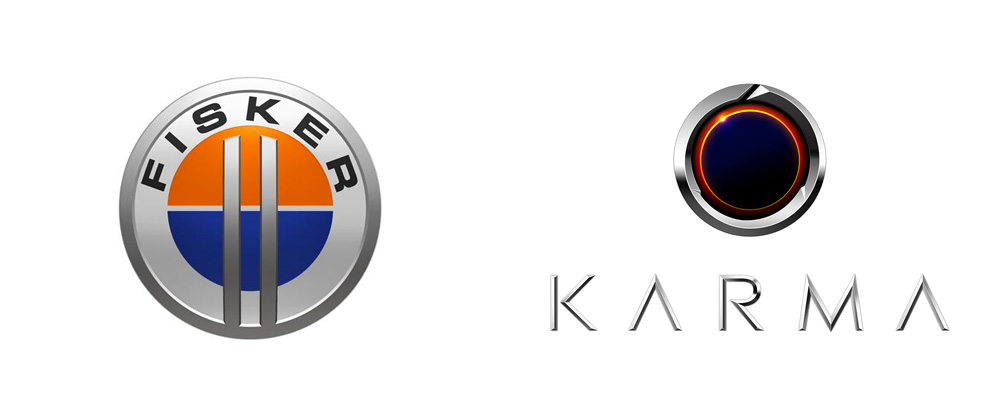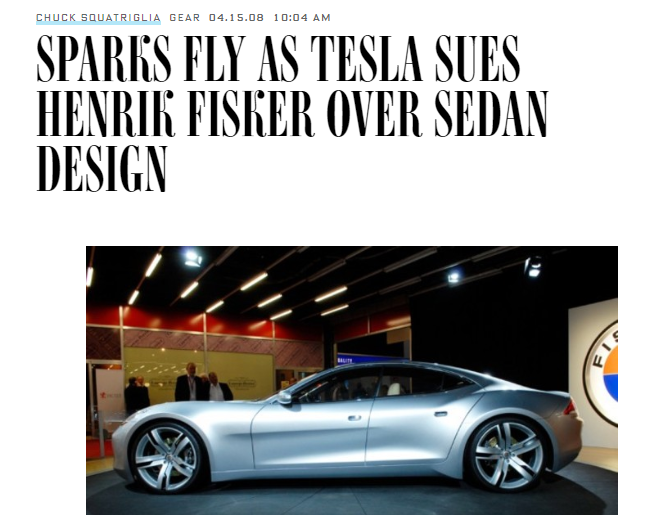Established in 2007, Fisker is a brand born to be “the first truly environmental friendly exciting car company,” per one of its founders, Henrik Fisker. Not as well-known is co-founder Bernhard Koehler, who was the other half of Fisker Coachbuild, which began in 2005.
Though each model produced by Fisker Automotive bears his name, Fisker is not the only man to contribute to the success of the company overall. In fact, though production is based out of Anaheim, California, such celebrities as Leonardo di Caprio and the U.S. Department of Energy have donated to the green-car cause. However, as much financial support as Fisker might have had, the company did suffer quite a few setbacks and hasn’t quite recovered since.
Why is it called Fisker?
Fisker is of course named for Henrik Fisker, but is now rumored to simply be called Karma Automotive. Chinese automotive supplier Wanxiang purchased the company and kept the original name for some time but changed it when the new Karma model was scheduled to launch. Fisker is no longer CEO of the company; he is a board member these days.

Image Source: Under Consideration
Fisker Logo
Like most automotive badges, Fisker’s is an orange globe with a blue center surrounded by a white border, which contains the brand’s name. The orange allegedly represents the setting sun over the Pacific Ocean, which is represented by the blue center. The twin parallel silver lines represent Henrik Fisker and Bernhard Koehler, co-founders of the company.
Financial Woes at Fisker
Between private investors and loans from the U.S. Department of Energy, Fisker had about $530 million to work with in developing his vision of an environmentally friendly car. Given how much the electric vehicle market has expanded within the last few years, you might say it was a solid investment, but how many Fisker Karmas do you see on the road today? Compare that to the number of electric models you see for various marques who’ve probably spent as much, if not more. If Fisker had all this funding, what happened to the Karma?
Experts at VentureBeat spoke with PrivCo’s chief executive Sam Hamadeh. PrivCo is a “research firm focused on non-public companies” that had its eye on Fisker at one point. According to PrivCo, Fisker defaulted on loans nearly 4 times in its existence and while $900,000 was spent on each vehicle, models were sold to dealers at a measly $70,000 apiece. Original contracts for the Karma promised 30,000 units; however, only a little over 2,000 cars were actually produced. Research and development can be expensive, but the losses incurred by Fisker were seemingly too much to keep the company afloat.
SEE ALSO: Why is Tesla Called Tesla?
Fisker vs. Tesla

At one point in time, Fisker had contracts with Tesla for coachbuilding works on the Tesla Model S. However, in April of 2008, Tesla sued Fisker, citing “several technological designs from the Model S were stolen and used in the Karma.” A decision on the case was made in 2009, declaring Fisker victorious.
Henrik Fisker has also been employed by Ford and BMW. In fact, he is credited for the exterior design of the BMW Z8. Can you see the kinship between the Fisker Karma and the BWM Z8? Comment below!
Rebecca Henderson is the published author and professional editor at The Kreativ Space. Best expressing herself through the written word, she enjoys the smell of burning rubber as well. Rebecca hopes to shift your world perspective through her words, because looking out the same window every day hardly makes for an interesting life.






[…] SEE ALSO: Why is Fisker Called Fisker? […]